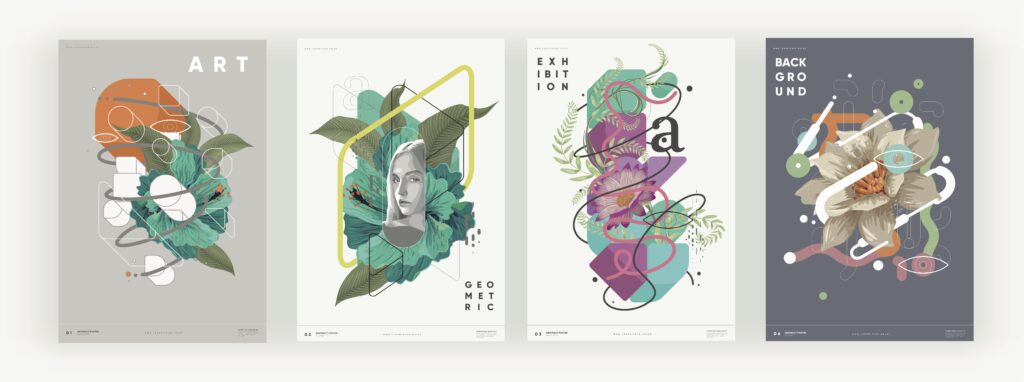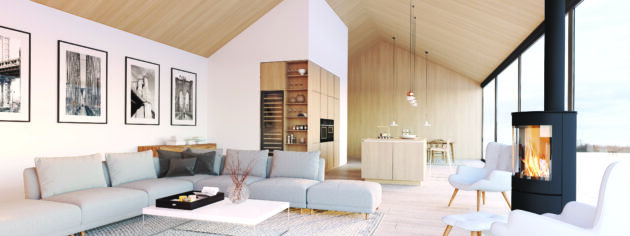
Features
Printing
Textile
Dye sublimation printing 2027
A recent Smithers study shows shifts in market outlook for wide-format dye sub printing
February 24, 2023 By John Nelson
 Wide-format dye sublimation print technologies are primarily used for soft visual communication tools such as event banners. Photo © Molibdenis-Studio / Adobe Stock
Wide-format dye sublimation print technologies are primarily used for soft visual communication tools such as event banners. Photo © Molibdenis-Studio / Adobe Stock Inkjet dye sublimation printing will continue to grow, according to the latest exclusive research from Smithers, one of the leading consultancies for the paper, print and packaging industry.
Data from its latest expert study, “The Future of Dye Sublimation Printing to 2027,” show that in 2022 the world market reached a projected $13.06 billion. The experience of the COVID-19 pandemic delivered a radical shock to the market and enduring changes will help define this industry through the remainder of the decade. Smithers now forecasts the market will grow at an impressive 9.9 per cent compound annual growth rate (CAGR) through to 2027, pushing global demand to $20.93 billion in 2027, at constant prices.
Visual communications
Soft visual communications are the main application for wide-format dye sublimation print. With public events—concerts, sports matches and festivals, as well as industry trade shows—cancelled there was a corresponding drop in demand (–7.9 per cent) for flags, banners and other interior or exterior signage in the first year of the pandemic. These items typically have a short service life, and hence have recovered in line with the rescinding of lockdown orders, travel restrictions, and social distancing rules. Through 2022, most countries revised their attitudes to the newly dominant Omicron strain and shifted to managing COVID as an endemic health problem using vaccinations and isolation, which was reserved for the most vulnerable. The main exception to this was China, which maintained a strict zero-COVID policy well into Q4 2022; but is now attempting an accelerated return to a business-as-usual approach.
These trends mean that in 2022 dye sub visual communications reached a projected $824 million worldwide and has a forecast CAGR of 9.5 per cent for the next five years.
North America and Western Europe, followed by fast-growing Asian markets, are the major consumers of dye sublimation printed articles in the visual communications and displays. For North America, the market is projected to be worth $275.6 million in 2022, with growth at 8.6 per cent CAGR driving regional demand to $415.6 million in 2027.
Market evolution
The primary attributes favouring dye sublimation printing techniques are colour fidelity and permanence, especially in outdoor installations.
Inkjet is the preferred technology for short turnaround, low-volume work, making it well suited to visual display print. Since such media are typically oriented toward local circumstances and events, rather than mass markets, most visual communications and displays items are produced near the point of use. This can most efficiently be completed by regional or local sign shops and commercial printers, using in-house dye sublimation printers.
This is now benefitting from the trend toward localisation and reshoring of some print work. The disruption of the pandemic has highlighted the vulnerability of supply chains, especially those spanning the Pacific, with many major buyers now keener to buy and print locally.
The exception to this will be low-cost items with agreed formats and are not subject to change (e.g.national flags), which will continue to be mass-produced by textile companies and shipped internationally.

Dye sub apparel printing is set to increase at a 10.7 per cent CAGR through to 2027. Photo © 2mmedia / Adobe Stock
Diversification
Some clothing types, especially swimwear and athletic wear has long made heavy use of dye sublimation print to deliver colour-fast moisture resistant garments. The market has since diversified into less specialised apparel, and several leading dye sub manufacturers have even teamed up with fashion labels to target haute couture goods.
Another post-COVID trend that has directly boosted dye sublimation print is the frequency and familiarity with which consumers are ordering goods online. The example of Amazon Merch and similar businesses are showing the advantages of print-on-demand models for garment production and customisation, with faster order fulfilment, and less risk for retailers. Worth $5.60 billion in 2022, dye sub apparel printing is set to increase at a 10.7 per cent CAGR through to 2027.
There are few applications for wide-format presses in clothing. Home furnishings, the other major e-commerce boom segment for dye sub, has greater potential. Household dye sublimation print was worth $625.6 million in 2022 and is again benefitting from the increased interest in the online ordering of bespoke items.
Many soft furnishings—cushions, furniture, bed linen, etc.—are best produced on smaller machines. There is potential for wider-format press operators in other sub-segments, such as wallpapers, decorative accent panels, wall hangings, and flooring laminates.
Carpeting is another element of this market, although hitherto dye sub systems have achieved a limited market share. This is because disperse dyes used in dye sublimation have difficulty binding to the polyamide (nylon) fibres that are used to make carpets.
Technical textiles are the smallest segment of the market and have the slowest growth. Many of these products, such as protective equipment and medical nonwovens, are unsuited to wide-format systems.
There are some applications in sails, tents, awnings, and automotive upholstery. These sectors are also recovering at their own rates. Automotive printing is less accessible, as it is largely the preserve of a set of fewer specialist suppliers.
The market outlook for dye sublimation print in visual display media and other applications is examined and quantified authoritatively in the new Smithers study, “The Future of Dye Sublimation Printing to 2027.” This study is available to purchase now from Smithers.
Visit www.smithers.com/en-gb/services/market-reports/printing/the-future-of-dye-sublimation-to-2027.
John Nelson is an award-winning editor and journalist working in the market reports and consultancy business of Smithers where he covers market and technology developments across multiple segments including paper, packaging, sustainability, inks, and printing. He can be reached via email at jnelson@smithers.com.
An edited version of this article originally appeared in the January/February 2023 issue of PrintAction.
Print this page